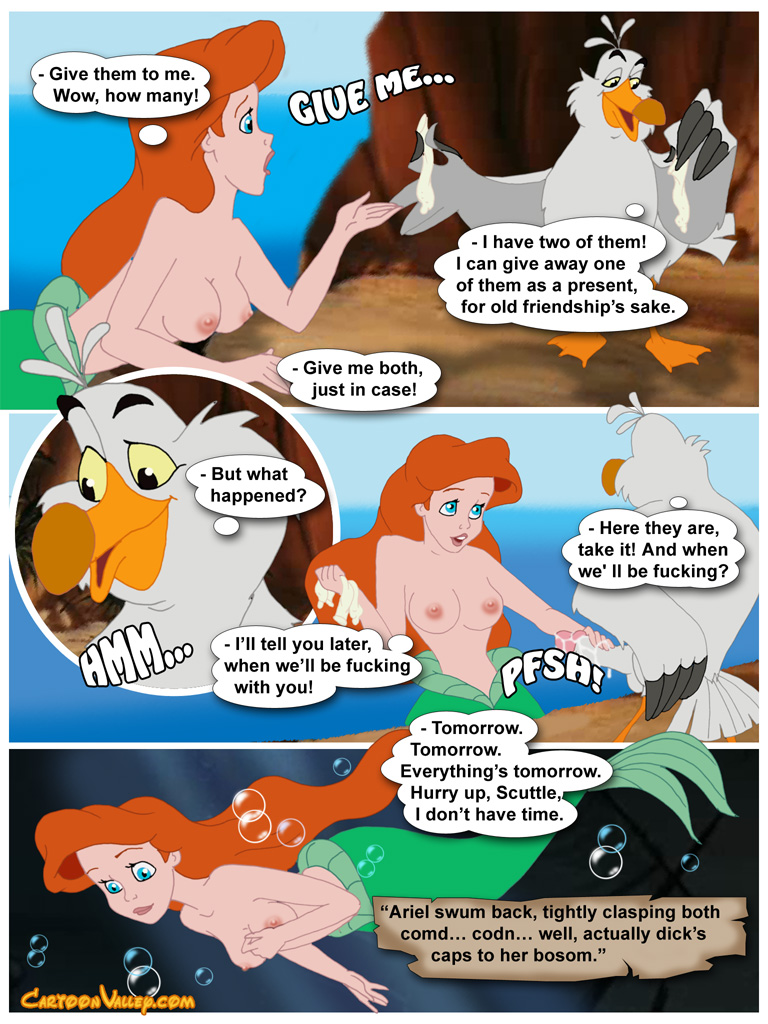p004

u i I i I i I i I i I i I i I i I i I i I i I i I i I i I i I i I i I i I i I i I i I i:
I I I II1TTTTTT
★ For best results use 80 gr/m2 special coated paper If you have ink jet printer
★You can stitch your own magazine type publication ★You can use it as a greeting card
Page 4 of 5
ASSEMBLY INSTRUCTION
CURTISS P-40M
Study drawings of assembly steps carefully before starting the work on the model. Make surę that you understand the purpose and place of each part.
The assembly requires some basie tools, such as scissors, Sharp modeling knife, blunt knife for scoring the fold lines, ruler and needle. Additional materials you need are one pin to make the airscrew's shaft and one piece of cardboard approx. 0.3 mm thickfor reinforcing elements and wheels. You'll need of course suitable cement too. For cement application you can use toothpicks or some similar tool (special fine cement applicatoris most suitable ifyou haveone).
First of all you must score with the blunt knife all fold lines shown on the cutouts with short linę marks near the parts. To avoid mistakes and losing parts out the necessary parts shortly before their use.
Start with the wing tramę. Cut the parts #1 - #5 and assembly them as shown on the instruction drawings. Cut the two halves of the wing #6 and #7. Carefully bend and form them. Glue them together using connecting stripe with appropriate length. Glue the airframe first on the internal down side of the wing and after few tests without glue assemble the wing. Watch out for the wing profile and avoid warping.
Cut the fuselage parts 8 and 9 and pay attention to the cuts in them - you must make them with maximum accuracy. Cut the forming parts 8a, 9a - 9f and prepare the necessary connecting stripes L. Carefully shape the
CURTISS P-40 M 1
fuselage parts-all edges of the smali cutsmustbejoined together and then reinforced with [L] elements cemented from inside. Add the necessary join stripes for assembly. Give to the fuselage part 8 elliptical shape, cement it and insert theformer8a.
The front part of the fuselage 9 is the most difficult part of the model and requires special attention. After forming the part cement all smali cuts in it with connecting stripes from inside in a way to join their edges. Add the necessary joint stripes for assembly. Cement the corresponding edges of the part 9 in the engine area first, prepare thefront and rear formers from parts 9a,b and 9d,e and insert them in their places. Cement the rear part of 9 in wing area and insert the former 9c in the cockpit area, as shown on the instruction drawings. Finally cement the front area of 9 and insert the former 9e. Cement the parts 8 and 9 together, avoiding warping and crooking.
Cut the parts of radiator's air intake, form and cement them on their places in the fuselage nose.
Assembly the canopy, using parts 11 -11 c and appropriate connecting stripes, and cement it on the fuselage. On the rear part of the fuselage cement the vertical stabiliser - partsl 2 and 12a.
Cement the fuselage subassembly to the wings, inserting the central part of the wing airframe in the hole onthebottomof9.
Cuttheaerodynamicwing-fuselagejoints 13,14,15 and 16. Parts 13 and 14 must have double-curved shape. To ease your job cut them on some places. The cuts must be perpendicular to their contour lines. For morę clean
CURTISS P-40 M 2
★ For individual use only, under no circumstances can this document be resold without written permission by ModelArt.
★ You can contact us sending E-mail to: modelart@sf.icn.bg
Wmodeigrt®
TTtrmt T~FI
Wyszukiwarka
Podobne podstrony:
p004 (2) 10 170 ★ For best results use 80 gr/m2 special coated paper If you have ink jet printer ★Pr
r, Dana Stabenow Wlnner of the 1993 Edgar for Best Paperback Orlglnal New York Times Bestselllng Aut
I Join us for best medical education & bright futurę as a doctor..TERNOPIL STATE MEDICAL UHIYERS
p001 10 20 MIII II 170 ★ For best results use 80 gr/m2 special coated paper If you
p005 t=rn I llllll ★ For best results use 80 gr/m2 special coated paper If you have ink jet printer
front b IUSING HEMI-SYNC® PRODUCTS Listen over a portable or home stereo system using stereo headpho
p002 (2) MMII ★ For best results use 80 gr/m2 special coated paper If you have ink
christmas memory page 2 Print 2 copies. For best results print on cardstock paper. Print background
więcej podobnych podstron